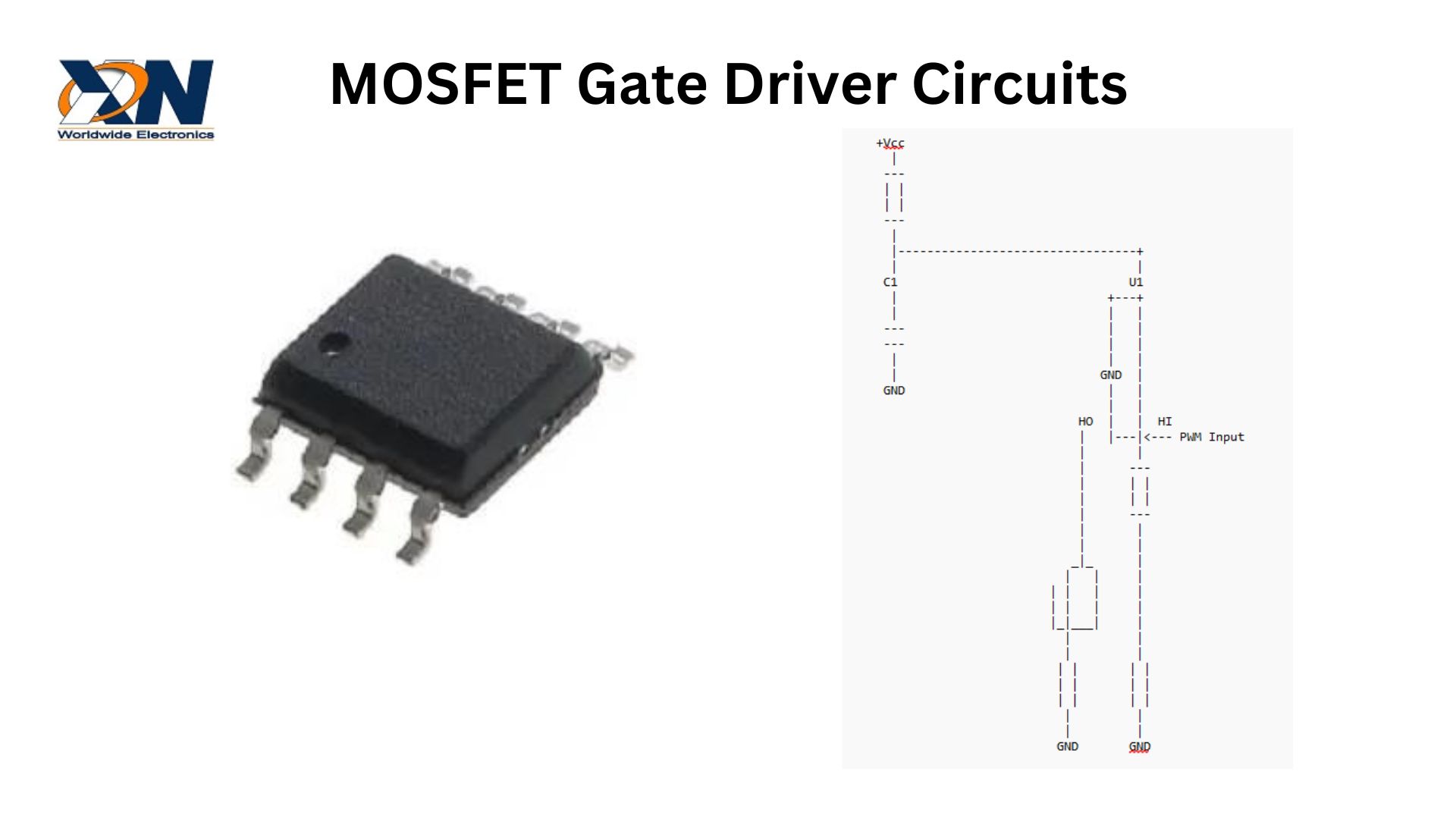Alright, let’s talk about MOSFET gates. Seems straightforward, right? Just the pin you use to turn the thing on and off. I thought so too, for a long time. Then I actually tried using one for something a bit more demanding than just blinking an LED slowly.

I was working on this little project, needed to switch a decent amount of current to a motor, way more than my little microcontroller pin could handle. So, grabbed a MOSFET. Seemed perfect. Hooked the gate pin straight up to my micro’s output pin, source to ground, drain to the motor thingy. Simple.
Well, it kinda worked. But not really. The motor felt weak, sluggish. And worse, that MOSFET got hot. Like, really hot, really fast. Couldn’t figure it out at first. I double-checked my connections, the load wasn’t that crazy for the MOSFET I picked according to the datasheet.
Digging into the Gate Problem
So I started looking closer at this ‘gate’ thing. The datasheet mentioned stuff like ‘gate charge’ (Qg) and ‘gate-source voltage’ (Vgs). Honestly, a lot of it went over my head initially. It talked about capacitance. Capacitance? On a switch pin? Turns out, yeah. That gate acts like a tiny capacitor. To turn the MOSFET fully on, you gotta charge that capacitor up. To turn it off, you gotta discharge it.
My microcontroller pin? It could put out the right voltage (like 5V), sure. But it couldn’t push or pull enough current quickly enough to charge and discharge that gate capacitor fast. So, the MOSFET was spending too much time in between fully on and fully off – this sort of half-on state. And that’s where all the heat was coming from. It wasn’t switching cleanly.
Trying to Drive it Right
Okay, so the micro pin alone wasn’t cutting it. What next?

- First thought: Maybe just a resistor? Tried a pull-down resistor to help turn it off faster. Didn’t make much difference with the heat.
- Then I remembered seeing circuits using regular transistors (BJTs) to help drive MOSFET gates. Like a ‘totem-pole’ driver. Basically, one transistor to quickly pull the gate voltage high (charge it) and another to quickly pull it low (discharge it).
I rummaged through my parts bin, found a couple of general-purpose NPN and PNP transistors, and rigged up a simple totem-pole driver circuit. Fed the input of that driver with my microcontroller signal, and the output went straight to the MOSFET gate.
The Payoff
And wouldn’t you know it? Big difference. The motor spun up properly, sounded much healthier. And the MOSFET? Barely warm. It was switching fast and clean now, not lingering in that resistive half-on state.
Later on, for other projects needing even faster switching or higher voltages, I started using dedicated MOSFET driver ICs. Those little chips basically have optimized totem-poles (and other clever stuff) built right in. Makes life easier, though they cost a bit more than two cheap transistors.
So yeah, the gate. It’s not just a simple input pin. You gotta treat it right, give it the voltage and current it needs, when it needs it. Learned that one the hard way, with a few sweaty MOSFETs and some head-scratching. Seems obvious now, but it’s one of those practical things you only really get after you run into the problem yourself.

